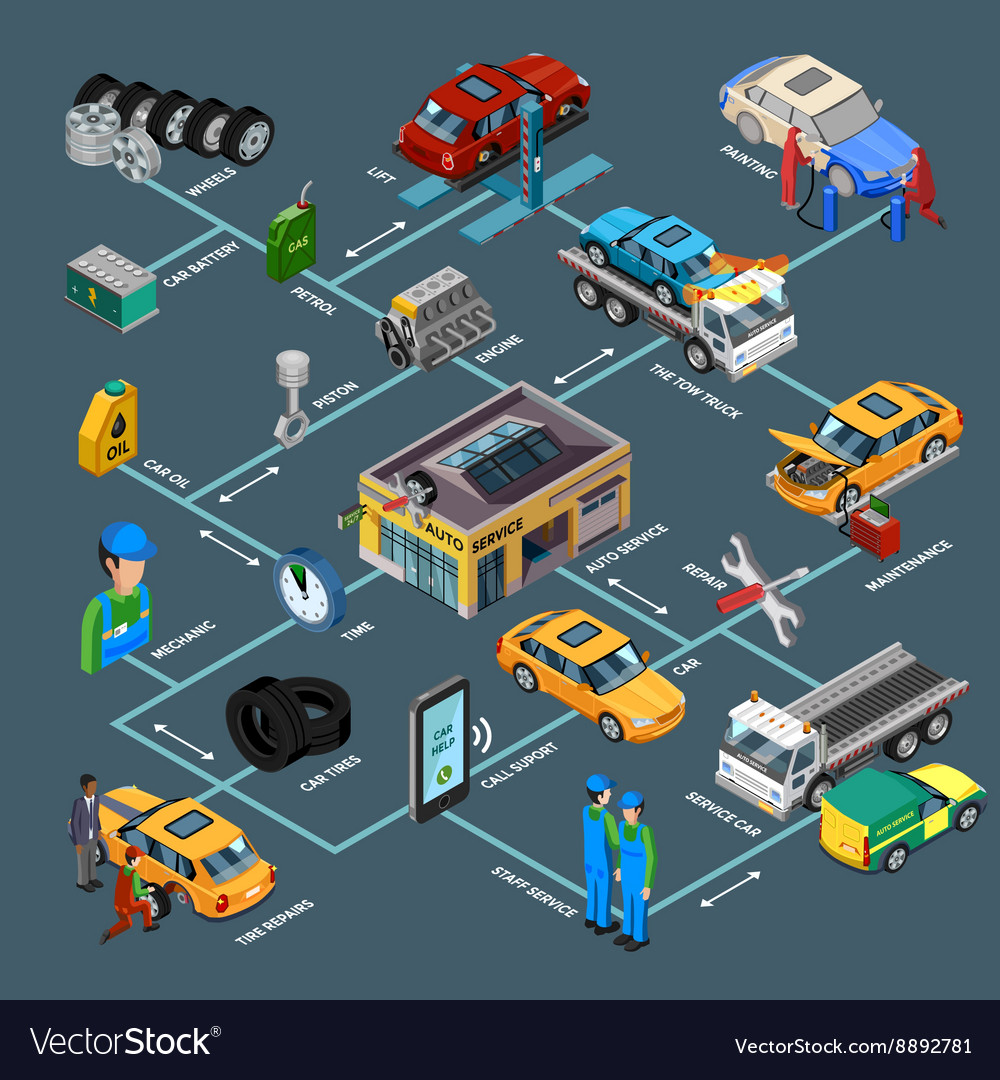When you lag the wheel, those radiant warning lights on your dashboard can be a little bit difficult. Do you know what they're trying to tell you regarding your automobile's wellness? Recognizing the relevance of these lights is essential for your safety and the longevity of your automobile. So, the following time among those lights appears, wouldn't you want to understand its message accurately and take the needed steps to address it?
Common Caution Lighting and Interpretations
Determine typical caution lights in your auto and comprehend their significances to make certain risk-free driving.
The most common warning lights include the check engine light, which indicates issues with the engine or discharges system. If this light comes on, it's critical to have your lorry inspected without delay.
The oil pressure cautioning light shows reduced oil stress, needing prompt interest to avoid engine damage.
A flashing battery light may recommend a malfunctioning billing system, possibly leaving you stranded otherwise attended to.
The tire pressure monitoring system (TPMS) light signals you to low tire stress, affecting automobile stability and fuel efficiency. Overlooking this can cause unsafe driving problems.
The ABS light suggests a trouble with the anti-lock stopping system, compromising your capability to quit promptly in emergencies.
Finally, the coolant temperature level warning light warns of engine getting too hot, which can result in severe damage otherwise dealt with promptly.
Recognizing these typical caution lights will help you address issues promptly and maintain safe driving problems.
Value of Prompt Interest
Recognizing the usual caution lights in your auto is just the very first step; the importance of without delay attending to these cautions can't be highlighted enough to guarantee your security on the road.
When a warning light brightens on your dashboard, it's your cars and truck's way of interacting a prospective problem that needs focus. Disregarding these cautions can cause more serious problems in the future, jeopardizing your safety and possibly costing you extra out of commission.
Trigger interest to cautioning lights can prevent breakdowns and crashes. For https://bestoilchangenearme89517.blogdanica.com/30149539/comprehending-auto-mechanic-services-important-information-you-ought-to-have , a flashing check engine light might suggest a misfire that, if left unattended, could create damages to the catalytic converter. Addressing this quickly can save you from a pricey repair.
In a similar way, a brake system warning light could signify reduced brake fluid or used brake pads, vital parts for your security when driving.
Do It Yourself Troubleshooting Tips
If you notice a caution light on your control panel, there are a couple of DIY troubleshooting suggestions you can attempt before looking for specialist aid.
https://www.kmov.com/2022/07/01/police-looking-thieves-who-targeted-belleville-auto-repair-shop/ is to consult your car's handbook to comprehend what the particular caution light suggests. Often the concern can be as easy as a loose gas cap triggering the check engine light. Tightening up the gas cap may fix the problem.
One more usual concern is a reduced battery, which can trigger different warning lights. Examining https://ecu-tuning28395.sharebyblog.com/30122320/the-essentials-of-grease-monkey-providers-what-you-need-to-comprehend for deterioration and ensuring they're safe and secure might take care of the trouble.
If a warning light lingers, you can attempt resetting it by detaching the car's battery for a few mins and then reconnecting it. In addition, inspecting your vehicle's fluid degrees, such as oil, coolant, and brake liquid, can aid troubleshoot cautioning lights associated with these systems.
Conclusion
Finally, comprehending your automobile's warning lights is crucial for keeping your automobile running efficiently and securely. By without delay addressing these alerts and understanding what they suggest, you can prevent pricey repair work and prospective malfunctions.
Keep in mind to consult your automobile's handbook for particular details on each cautioning light and take action appropriately to ensure a hassle-free driving experience.
Stay informed, stay safe on the road!
